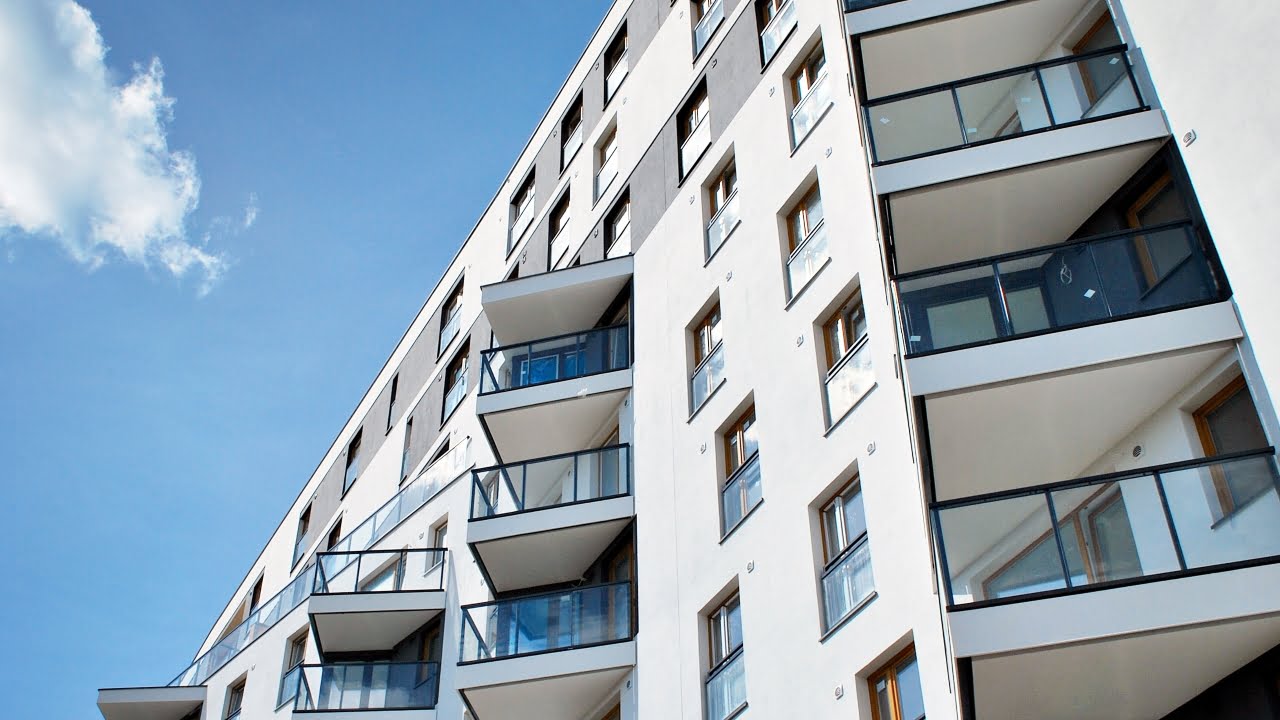The Ministry for Housing, Communities and Local Government’s (MHCLG) Waking Watch Relief Fund (“the WWR”) has now opened for applications.
This £30 million fund is in addition to the £1.6 billion of funding that has already been provided by the Government for the remediation of unsafe cladding on high rise buildings. The WWR aims to help leaseholders with the significant costs often associated with the need for 24 hour fire wardens, known as waking watch, by providing funding for the installation of common fire alarms.
Presently, many building owners are required to use a waking watch as an interim mitigation measure in buildings that require remedial works. While the use of a waking watch is an acceptable temporary short-term risk mitigation strategy, an alternative mitigation measure is a fire alarm system which is able to rapidly alert residents to the presence of a suspected fire. Given the high ongoing costs of a waking watch, a fire alarm system can be a more cost effective solution, despite the upfront capital cost.
Who is eligible?
The Responsible Person for both private and social sector buildings will be eligible to apply for the fund, provided that they satisfy all of the key requirements, namely:
- The building is over 17.70m in height when measured according to diagram D6 of Approved Document B, i.e. the floor level of the highest occupied storey to ground level on the lowest side of the building;
- The building is residential;
- The building currently has a waking watch in place that was agreed by a Competent Person or via FRS intervention, where unsafe cladding is present on the building;
- As a result of the lease agreement, waking watch costs are being passed on to leaseholders; and;
- The building is located in England.
For social sector buildings, the Registered Provider of Social Housing must also provide evidence that the cost of installing an alarm will be charged to leaseholders if these are not covered by the fund.
However, the guidance from the MHCLG is somewhat ambiguous with regard to the social sector and whether leaseholders need to have already been charged for waking watch costs in order for the WWR to be available. We have reached out to the MHCLG for clarification on this point and they have advised they are currently seeking to clarify this, but their intention is that the social sector requirements will be the same as that of the private sector, and that waking watch costs will have to have been passed on to leaseholders prior to an application to the fund. We will update this article when further clarification is provided by the MHCLG on this point.
What will the fund cover?
The fund will cover the reasonable upfront capital costs of installing a common fire alarm system that has been designed, installed and commissioned by an appropriately qualified person, such as a fire engineer.
When can you apply?
The fund opened for social sector buildings on the 31 January 2021 and will remain open for a period of six weeks until close on 14 March 2021.
What evidence is required for making an application?
In order to apply to the fund, the MHCLG will require evidence to support an application, namely:
- Evidence that the applicant is the Responsible Person (building owner or building manager with approval from the Responsible Person);
- Evidence that leaseholders would be liable for the costs of installing a common alarm system;
- Evidence that installation of an alarm will reduce or remove the need for waking watch;
- Evidence that the proposed alarm meets the required standard;
- Evidence that the costs are reasonable. Generally, this will require quotes from at least 3 different alarm companies;
- An undertaking that the installation will not delay – or be a substitute for – remediation; and
- Once the alarm system has been installed, evidence will be required that it was fitted to the appropriate specification.
When will you receive funds?
Once it is determined that a building is eligible for grant funding and such funding is available, the MHCLG anticipates that funds will be paid in two tranches. The first tranche will be made available upfront, once the funding agreement has been signed. The second tranche will see the remaining balance paid on completion of the works, once the MHCLG has been provided with evidence that the alarm has been satisfactorily installed in accordance with the correct specification.
If you have recently installed a fire alarm system, can you claim retrospectively?
For those building owners who have already installed a fire alarm system as a mitigation measure for a building that requires remediation, the fund provides a small window where building owners can apply to the fund retrospectively. The costs of any alarms that were installed after 17 December 2020 can give rise to an application under the fund, and building owners will be able to make applications provided they satisfy all the necessary requirements. The MHCLG has since provided us with clarification that, for the purposes of the WWR, installation means the date on which the installation completed and a certificate of completion (or similar) was provided. Therefore, an installation that began prior to the 17 December 2020 cut-off date would remain fully eligible for the fund, provided that the works completed after the cut-off.
You can read more about the fund and download an application form on the MHCLG website here.
For more information about making an application to the fund, please contact Mark London, Rachel Jones or Lewis Zeff, in our Construction team.
